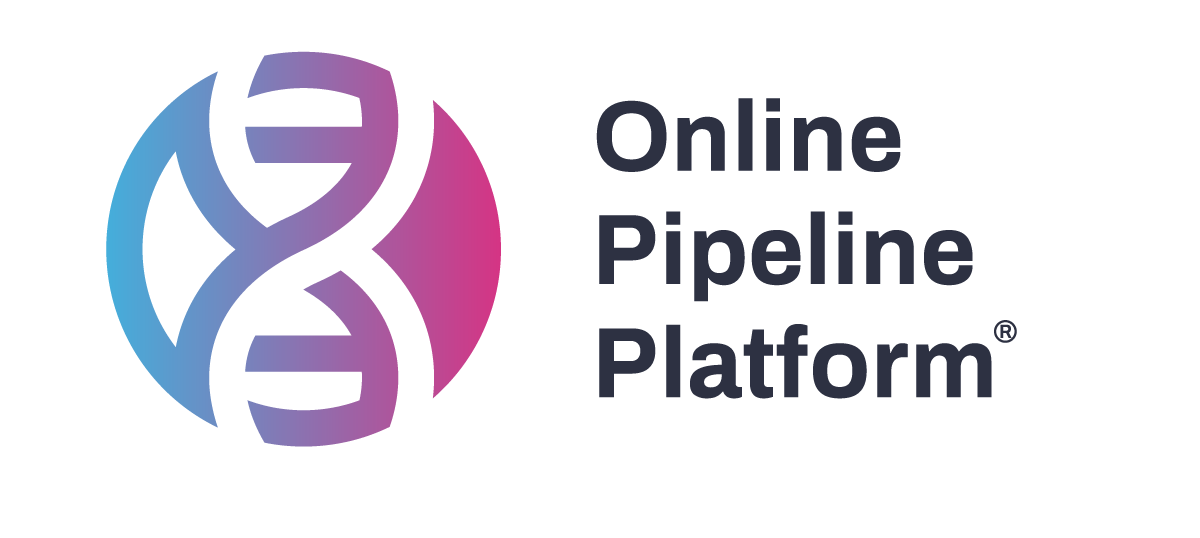Experience effortless single-cell RNA sequencing with a pipeline designed for customizability, user-friendliness, and accessibility—even for non-bioinformaticians. With intuitive input customization and automated pre- and post-processing reports, our system simplifies workflows while ensuring clear, actionable insights. Whether analyzing cellular heterogeneity or seeking precision insights, our pipeline removes complexity while delivering robust, reproducible results.

Gain insights into the quality of your data
Obtain accurate cell annotations and identities
Analyze expression profiles of individual cells
Perform gene enrichment analysis
Identify differential expression levels across multiple genes
Experience the future of bioinformatics analyses with Online Pipeline Platform (OP2) today!
How the single-cell transcriptomics works
The workflow processes raw data from FASTQ inputs, aligns the reads, generates counts relative to genes, and performs extensive quality control. Results are delivered via interactive reports and a complete data package containing essential intermediate files for further analysis.

Pre-processing stage of single-cell transcriptomics analysis
1. Input – Handles droplet-based (e.g., 10x Genomics) compressed raw FASTQ files (R1 and R2), chemistry-specific barcodes (V2 or V3), and reference transcriptomes
2. De-multiplexing – Extracts cell barcodes and UMIs to retrieve single-cell information
3. Sequence QC – Discards reads with low-quality cell barcodes
4. Alignment – Uses STAR to align reads to the reference transcriptome
5. Alignment QC – Generates comprehensive alignment statistics including read depths, per base quality, and GC content
Post-processing stage of single-cell transcriptomics
1. Cell identification – Identifies true cells from empty droplets, removes barcode-swapped pseudo-cells, and optimizes the count matrix
2. Quality control – Identifies low-quality libraries, analyzes UMI counts, filters low-expressed genes, and calculates mitochondrial percentages
3. Outlier removal – Performs automated mean absolute deviation (MAD) thresholding
4. Data normalization – Normalizes library size to remove technical biases
5. Feature selection – Identifies highly variable genes with biological significance while filtering out noise
6. Data integration – Prepares Seurat objects for downstream analyses
7. Data scaling – Performs linear transformation to give equal weight to all genes
8. Dimensionality reduction – Applies PCA to denoise and compact the data and selects components based on Elbow Plot analysis
9. Cell clustering – Constructs K-Nearest neighbor graphs with Louvain algorithm optimization
10. Visualization – Performs t-SNE for complex data visualization
11. Cell Type assignment – Provides unbiased cell type recognition using reference transcriptomic datasets
12. Marker identification – Finds cell-specific markers across conditions
13. Differential expression – Analyzes gene expression differences between conditions or cell types
14. Gene ontology analysis – Performs functional enrichment analysis to identify biological processes affected by differential expression
Transform your research with OP²
Discover how OP² can accelerate your scientific discoveries.
Experience seamless NGS data analysis, powerful collaboration, and complete control—no commitment, no risk.
"*" indicates required fields
To access the online pipeline platform, log in here.


